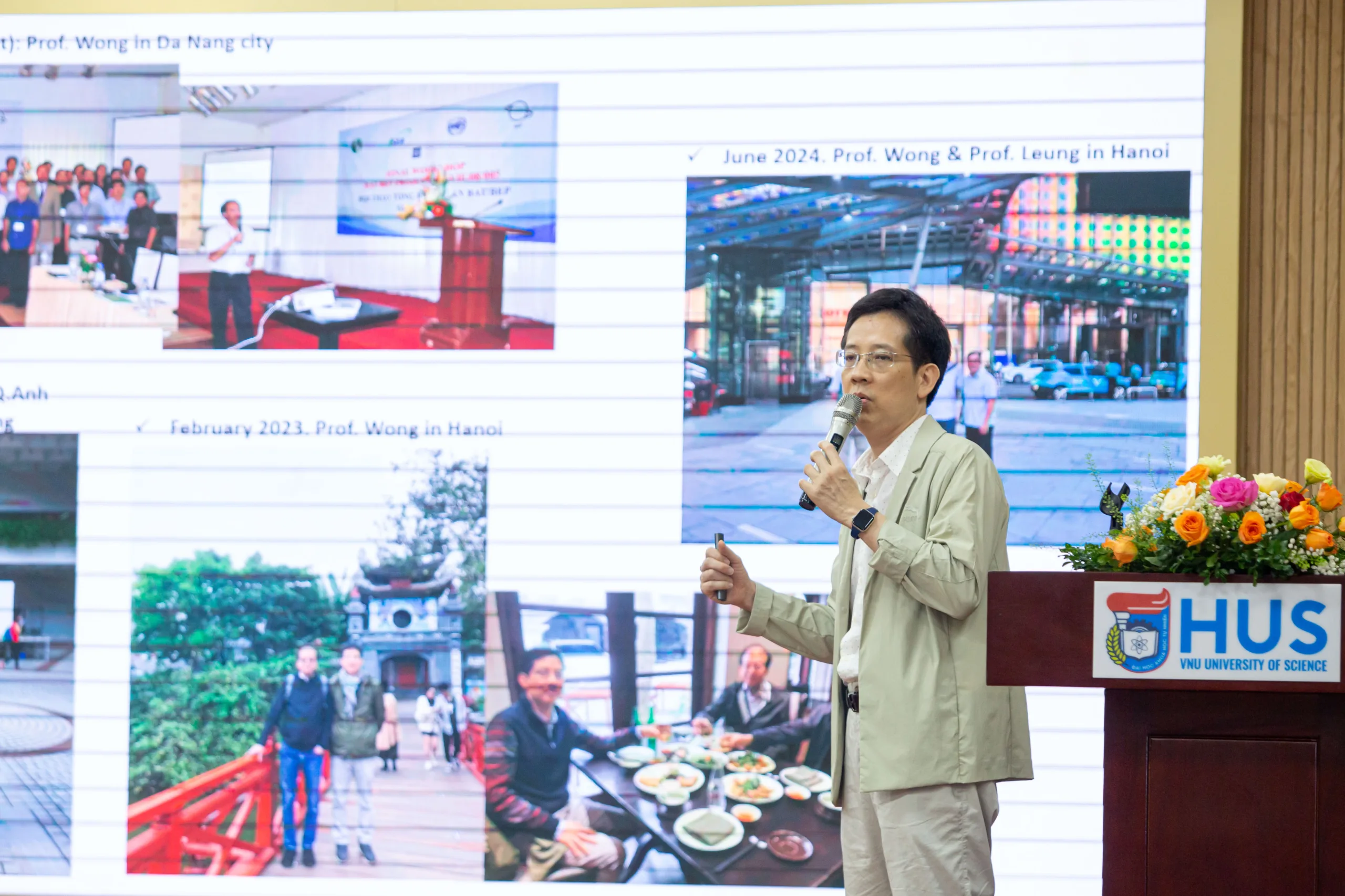1. Can you share the key points of the research you will be presenting at the InnovaTalk webinar?And how is the topic of this webinar important to the Vietnamese healthcare system?
My short presentation will focus on 3 following topics:
- Prevalence of obesity in Vietnam and alarming increasing prevalence of obesity in recent years, especially in children.
- Challenges and unmet needs of obesity management in Vietnam.
- Policies and strategies to prevent and manage obesity in the next years.
The webinar on ‘Obesity and Novel Advanced Treatments’ is very important to the Vietnamese healthcare system because we all know the burden of the obesity pandemic on the healthcare system now, and in the future, we will need to implement effective strategies based on evidence from advanced research.
2. Vietnam’s obesity rate is not high, but the increasing rate is the fastest in Southeast Asia at 38%. Notably, obesity in school-aged children increased from 8.5% to 19% in just 10 years (2010-2020). In your opinion, if this trend continues, what medical, economic, and social challenges will Vietnam face, especially when obesity increases the risk of diabetes?
As you know, obesity is associated with numerous comorbidities, including type 2 diabetes, cardiovascular diseases, dyslipidemia, hypertension, several forms of cancer, and many more. These diseases have high mortality and morbidity with expensive treatment and poor outcomes. That’s why medical, economic, and social crises can occur if we can’t control this pandemic.
Obesity is a strong risk factor for type 2 diabetes due to insulin resistance. The alarming increasing prevalence of diabetes in VN over the past 10 years is related to increasing obesity. There is strong and consistent evidence that obesity management can delay the progression from prediabetes to type 2 diabetes. In type 2 diabetic and obesity patients, weight loss significantly reduces HbA1c and fasting plasma glucose, which may promote diabetes remission.
3. A recent report shows that the rate of overweight and obesity in children and adults in Ho Chi Minh City continues to increase alarmingly. What is your opinion on this report?
I am not surprised with this report because the common causes of obesity such as fast foods, sedentary lifestyle, or stress… have not been resolved. The obesity situation in our country is likely to get worse and worse, and the healthcare sector will face a dual disorder as other developing countries, which is malnutrition and obesity in the near future.
4. The GLP-1 therapy presented at the webinar has been proven to be effective in weight loss and improving cardiovascular risk factors in obese patients and is recognized and applied in many countries, especially the US market. What is your assessment of this therapy?
We, who are endocrinologists, cardiologists, and nephrologists, know well the efficacy of GLP-1 receptor agonist (GLP-1 RA) therapy in weight loss and improving cardiovascular diseases risk factors. Some type 2 diabetic patients who are obese may get remission when using GLP-1 RA and lose more than 20% of their baseline weight. Current international guidelines in Europe and the United States indicate GLP-1 RA is the first choice for obese people or when the patients need an efficient agent to achieve weight goals. In Vietnam, The Vietnam Ministry of Health’s guideline for obesity management also follows these international recommendations.
However, in Vietnam, so far, we have only one GLP-1 RA, which is Liraglutide. Liraglutide is associated with moderate weight loss, and I hope that more recent obesity drugs such as Semaglutide (a GLP-1 RA) or Tirzepatide (a dual GIP and GLP-1 RA) will soon be available in Vietnam. We really need strong medication that can cause greater weight loss.
5. In addition to weight loss, how effective is GLP-1 therapy for patients with diabetes? Can you compare the effectiveness of GLP-1 RA with other diabetes medications?
According to international guidelines of ADA (American Diabetes Association) and EASD (European Association for the Study of Diabetes), GLP-1 RAs have very high efficacy for glucose lowering, which is on par with insulin, but it does not provoke episodes of hypoglycemia as insulin. In addition, GLP-1 RA also reduces cardiorenal risks, so it is preferred to insulin when diabetic patients need an injection therapy, especially for patients who are overweight or obese.
6. In your opinion, what policies or programs are needed to improve the prevention and treatment of obesity and diabetes in Vietnam? Can you share some examples of scientific research being conducted to find more effective treatments?
As I mentioned, obesity is a big threat to the economy and healthcare system in VN, so we need to implement policies or programs to manage and prevent obesity as soon as possible. They are: (1) Establish more multidisciplinary obesity treatment centers in some central hospitals or even in province hospitals; (2) The Ministry of Health should approve new very high efficacy weight loss drugs, such as Semaglutide and Tirzepatide for obese people in Vietnam; (3) The Government should consider obesity as a critical disease and provides health insurance for obesity treatment; and last but not least (4) We should carry out more media campaigns to promote healthy lifestyle for all people, especially for children.
Currently, there are many studies focusing on more effective treatment of obesity and co-morbidities. For example:
- Inventing new drugs with greater weight loss effect. For example, dual GIP and GLP-1 RA.
- Investigating the effects of oral GLP-1 RA or once-weekly GLP-1 RA injection drugs, aiming to increase compliance in obese patients.
- Investigating new weight loss drugs that can reduce the risk of heart disease, stroke, and kidney disease in people who are overweight or obese with established cardiovascular diseases but without type 2 diabetes.
- Investigating medical devices for weight loss like implanted gastric balloons, and metabolic surgery for people with obesity class II or III.








